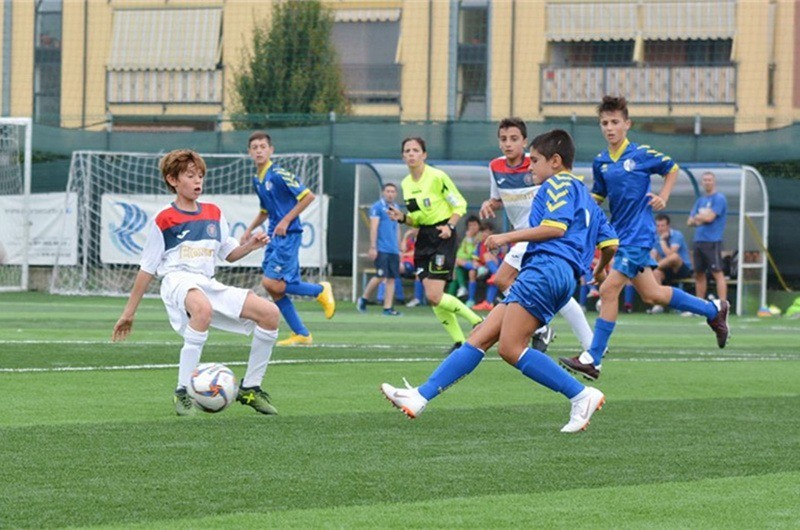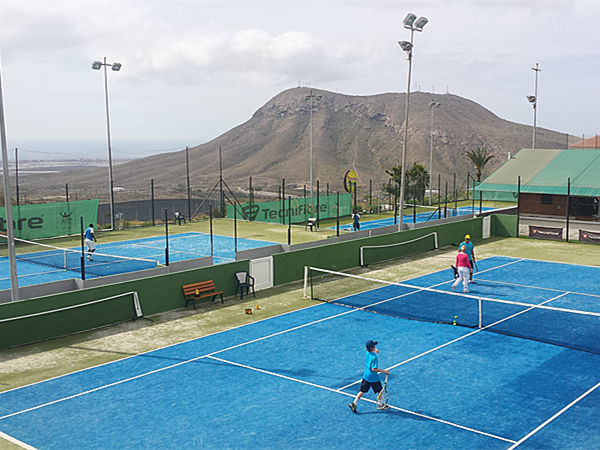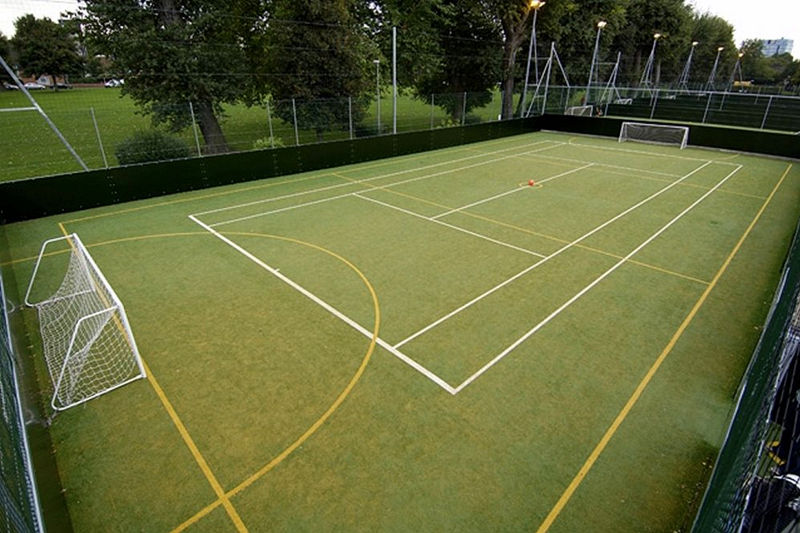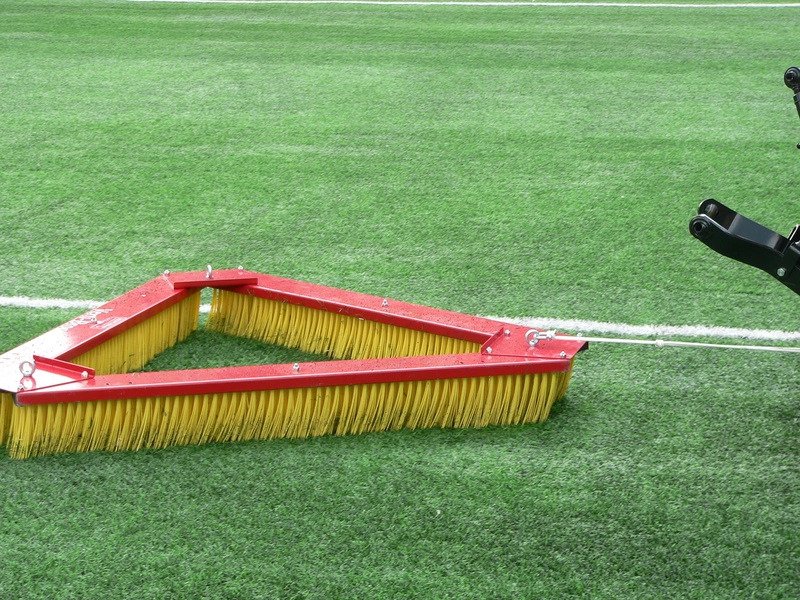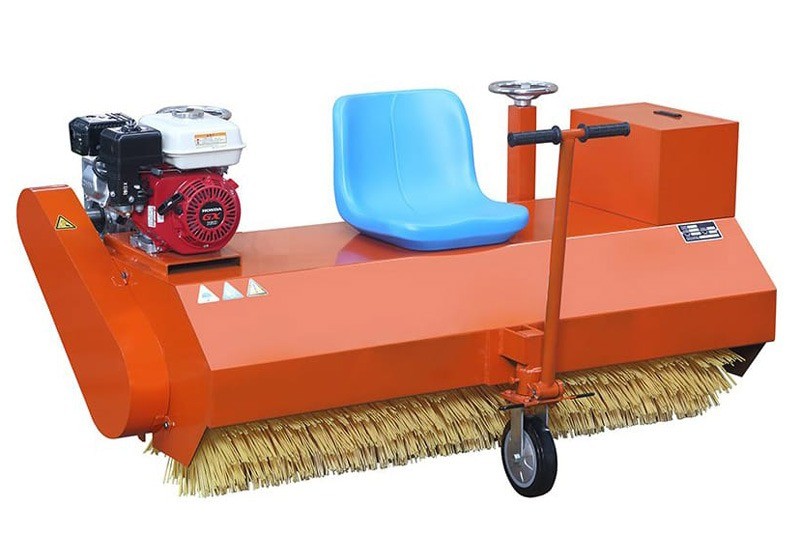Maintaining artificial grass for sports fields is essential to ensure the longevity and optimal performance of the facility. Although artificial turf requires less maintenance compared to natural grass, some tasks are still necessary. By following the correct maintenance procedures, you can maximize your investment and extend the usable lifetime of the artificial turf. This article will provide guidance on maintaining sport artificial grass, focusing on football fields as an example.
General Principles
To preserve your warranty, it’s crucial to obtain authorization from the installing company or artificial grass manufacturer before undertaking any maintenance actions. If you have any doubts, consult the experts who supplied the particular system.
Avoid using chemicals on the surface without prior consent, especially petroleum-based products, as they can damage the turf. Refuel off the playing surface to prevent petroleum spillage. However, chemicals such as algaecides, mossicides, weedkillers, and de-icers may be used on synthetic surfaces with caution.
Routine Maintenance
Regular Brushing
Regular brushing is vital to maintain the surface, and the frequency depends on the hours of usage. As a general guideline, allocate one hour of maintenance for every 10-15 hours of usage. Brushing serves two important purposes: leveling the infill (if present) and preventing pile lean and flattening.
Use different brush types available on the market, such as drag brushes or rotary brushes. Drag brushes, typically attached to the rear of tractor units, are effective in leveling the infill. Rotary brushes, attached to the front of tractor units, are useful for removing debris from the surface and raising the carpet’s pile. Always brush in different directions to prevent the fibers from leaning in a particular direction, which can affect ball roll characteristics.
Pay extra attention to high wear areas that experience intense play, as they require additional maintenance to address infill disruption and pile flattening.
Note: It is recommended to brush the surface when it is dry for better results.
Irrigation and Waterfall
While it may seem counterintuitive, watering a synthetic field can benefit its performance, especially during hot weather. Football turf can become uncomfortably hot for players, increasing the risk of friction burns. Watering the surface has several advantages: it lubricates and cools the surface and stabilizes the infill, reducing migration.
After heavy rainfall, check the infill levels, especially if the pitch has a slope that may have caused infill migration.
Leveling the Infill (If Present)
Pay close attention to penalty spots and corners as they are prone to infill disruption. Regularly top up these areas, potentially every day during intense usage. Remove accumulated material and debris from the field’s edges, brushing it back into the main field.
Settling-in Period
Systems utilizing infill materials may require a settling-in period, which demands more frequent brushing than usual. Follow the advice of the installing company regarding the necessity and frequency of this extra brushing.
Additional Maintenance
- Promptly remove any contaminants present on the surface.
- Prohibit food, beverages, and smoking on the field. Freeze and remove chewing gum if necessary.
- Remove organic matter such as leaves, soil, and seeds promptly to prevent algal, moss, or weed growth.
- Break up agglomerated infill lumps into individual components.
Less Frequent Maintenance Procedures
Periodically check for infill compaction, especially in high usage areas. Contact the installing company for advice or maintenance contracts tailored to this issue. A simple ball bounce test can help identify uneven compaction.
Regularly inspect and maintain the irrigation system and drainage to ensure their proper functioning.
Pitch Cleaning
When the pitch shows significant compaction and detritus accumulation, use specialist machines capable of removing a portion of the infill, cleaning it, and reintroducing it into the surface. Maintenance companies or the installing company typically undertake these procedures.
Snow Removal
To remove snow, use a snowplow equipped with a rubber blade to prevent damage to the surface. Ensure there is sufficient space around the pitch to deposit the snow. Consult the system manufacturer for suitable equipment recommendations. Use a brush or rotating brush to remove the remaining 5cm-10cm of snow.
Moss, Algae, Weeds
Handpick weeds before they become excessive. Moss and algae require specialized treatment using specific chemicals and techniques. Seek advice from the installing company if these problems occur to address them promptly.
Pitch Surrounds
To prevent contamination, consider the following:
A) Keep player pathways clean to avoid dirt transfer onto the field.
B) Create a barrier, either physical or vegetation-free, between natural areas and the artificial field to prevent debris deposition.
C) Account for wind-borne contamination when selecting the field location.
D) Regularly clean animal deposits to avoid moss, algae, and weed growth.
Logbook
Use a logbook supplied by many companies to record maintenance and usage details, including routine maintenance times, operatives, machinery used, and pitch usage.
Conclusion
Implementing an active maintenance program is crucial to maximize the lifetime of your artificial turf installation and ensure many years of satisfactory use. The maintenance regime revolves around keeping the surface clean, maintaining the infill level, keeping the fibers upright, and reporting minor defects before they escalate.
Maintenance Time Schedule
- Daily inspection of fixtures and fittings.
- Brushing to remove debris every 30-35 playing hours.
- Brushing to redistribute infill every 30-35 playing hours.
- Apply moss-kill/algaecide annually.
- Apply weed-kill as necessary.
- Remove snow/ice as necessary.
Maintenance Equipment
Ensure you have the following maintenance equipment:
- Drag brushes, drag mats, and nets.
- Hand-held equipment, such as a hard road-sweeping brush, for brushing the infill material.
- High-pressure cleaner for wet cleaning.
- Manually-operated sweeping machines or self-propelled sweeping and suction machines.
By following these guidelines, you can maintain your sports artificial grass effectively and ensure its optimal performance for years to come.

